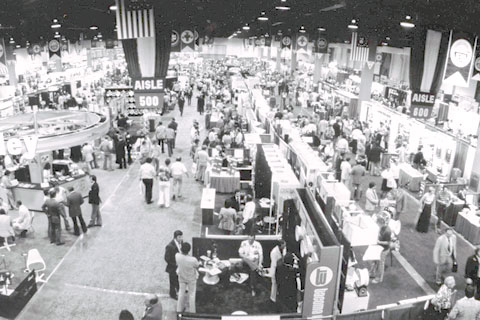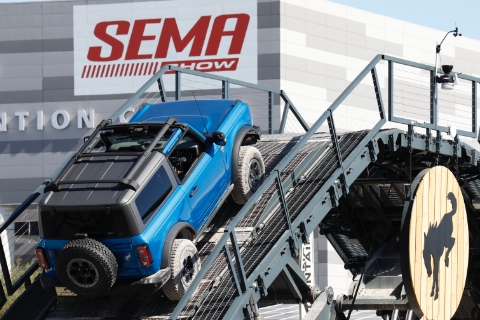SEMA News - May 2009
SEMA LEGISLATIVE AND TECHNICAL AFFAIRS
SEMA Confronts Cash for Clunker Myths in Europe and Prepares for Second Scrappage Battle in U.S. Congress
 SEMA launched the largest grassroots effort in its 46-year history earlier this year to keep a national “Cash for Clunkers” program out of the $787 billion economic stimulus bill. The campaign was a success. Nevertheless, some lawmakers remain committed to using a vehicle scrappage program as a means to spur new-car sales.
SEMA launched the largest grassroots effort in its 46-year history earlier this year to keep a national “Cash for Clunkers” program out of the $787 billion economic stimulus bill. The campaign was a success. Nevertheless, some lawmakers remain committed to using a vehicle scrappage program as a means to spur new-car sales.
They are now citing a flawed German program as a model for America.
Cash for Clunkers programs accelerate the normal retirement of vehicles through the purchase of older cars, which are then typically crushed into blocks of scrap metal. Under the German program, the government is offering consumers 2,500 euros (about $3,400 USD) toward the purchase of a new car regardless of the CO2 emissions of the new model, so long as the scrapped vehicle is at least nine years old. The program also permits German consumers to replace a more fuel-efficient older car with a less-efficient newer model.
Like the U.S. proposals, the European-style programs do not stand up to scrutiny. In fact, European Commission (EC) staff warned that the programs focus on age rather than actual emissions; that the cars collected may simply be resold in other countries; and that the scrapped cars were at the end of their useful lives anyway and worth far less than the subsidy.
Both the EC staff and the European Federation for Transport and the Environment have urged Germany and other countries to abandon scrappage subsidy payments, since they do more environmental harm than good by artificially accelerating the car life cycle rather than making existing vehicles last longer and run cleaner.
Last February, Washington, D.C., lawmakers correctly rejected a similar program to crush rarely driven second and third vehicles in favor of a targeted tax incentive to help boost new-car sales, namely a federal deduction of state sales and excise taxes. During the scrappage debate, members of Congress asked the same question time and time again: Why would we spend tax dollars to destroy good used cars? Excellent question.
Legislation modeled after the German program was introduced in the U.S. House of Representatives in March. The bill calls for the use of U.S. tax dollars to pay consumers $3,000–$5,000 to scrap their old vehicles if they purchase new, fuel-efficient vehicles. However, there is no safeguard to verify that the scrapped vehicle U.S. taxpayers are buying has been driven in recent years and is contributing to the emissions inventory.
Lawmakers cited a recent jump in car sales in Germany in support of the U.S. proposal. SEMA has countered that these short-term sale gains in Germany are not the basis for a sound policy in America. The burst of sales will disappear when the program ends.
“Scrappage programs as proposed will also hurt thousands of independent repair shops, auto restorers, customizers and their customers across the country,” said SEMA Vice President of Government Affairs Steve McDonald. “This industry provides thousands of American jobs and generates millions of dollars in local, state and federal tax revenue. It is time to help the entire auto industry with programs that focus the incentive on the purchase of new vehicles, not destroying valuable old cars and parts.”
The legislation has already gained significant support and likely signals the start of Cash for Clunkers round two. SEMA remains vigilant in opposition and will keep its members informed of all new developments.








